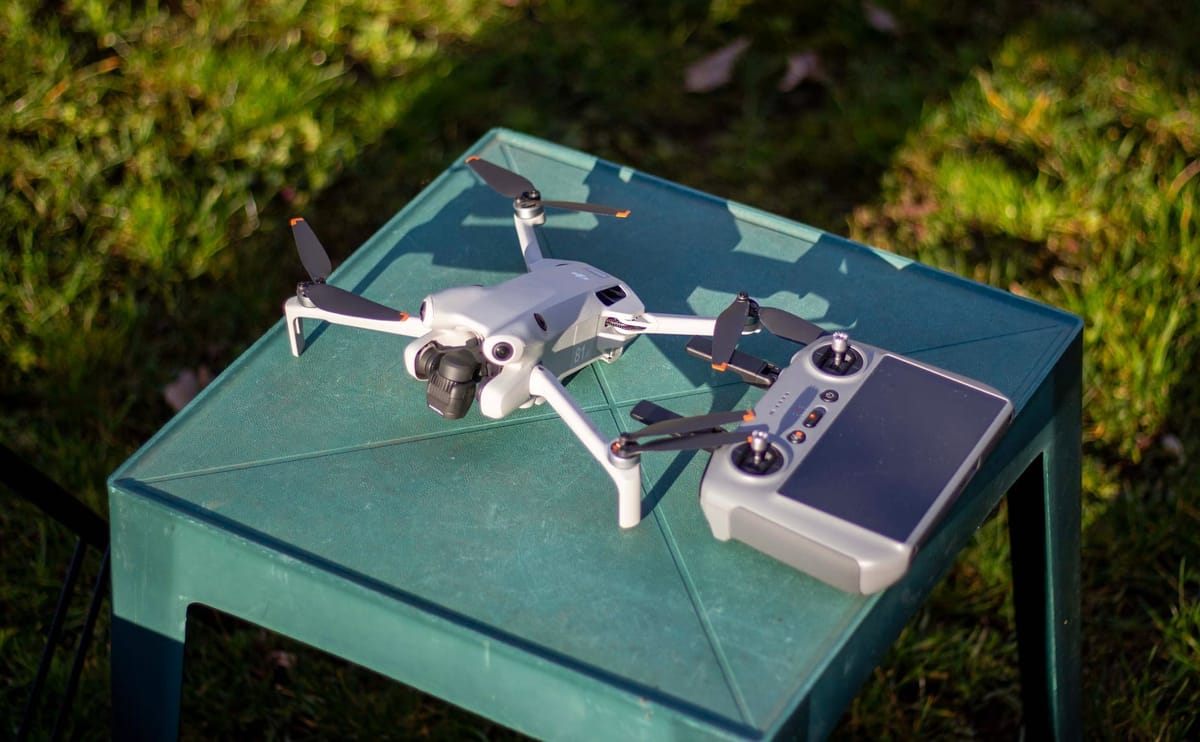
Welcome to the World of Drones
Drones are everywhere—from Amazon deliveries to high-end cinematography and precision agriculture. But if you’re new to the field, the word “drone” can feel vague or overloaded. So, let’s simplify it.
It Starts with the Mission
Every drone begins with a purpose. Whether it’s capturing aerial photos, spraying crops, mapping terrain, or performing surveillance, your mission defines everything.
Step 1: Define the Activity
Ask yourself: What do I want the drone to do? This is your operational intent. It could be inspection, delivery, data collection, or something else entirely.
Step 2: Determine the Payload
Once you know your mission, figure out the tools required—the payload. For aerial imaging, that could be a high-res camera. For agriculture, maybe it's a multispectral sensor or sprayer. Your payload might include sensors, gimbals, transmitters, or delivery packages.
Step 3: Choose the Platform
The drone (or “air platform”) is what carries the payload. Its size, power, endurance, and flight characteristics must support the payload. A racing drone isn’t suitable for long-range surveying—just like a delivery drone isn’t ideal for acrobatics.
Conclusion
A drone isn’t a single thing—it’s a combination of purpose, tools, and airframe. For DIY builders or commercial operators, this match-up is a conscious design decision. But in the consumer market, especially for small to mid-size drones, this triad is already bundled. Pre-packaged drones like DJI’s lineup are engineered with integrated cameras and controls to deliver plug-and-play capability in a tight, portable format. Still, the logic remains: mission, payload, platform.
Stay tuned for Part 2, where we break down drone categories and what they’re best suited for.
Lucian Nedelcu (Teddy)
🌐teddy@teddytech.net | 📧Signal (secure): @teddy.59
🔗 linkedin.com/in/teddynedelcu
#Drone Basics #Teddytech #Tech Intro #DroneTechnology #Payload Platform #UAV #Rpas #Teddy
